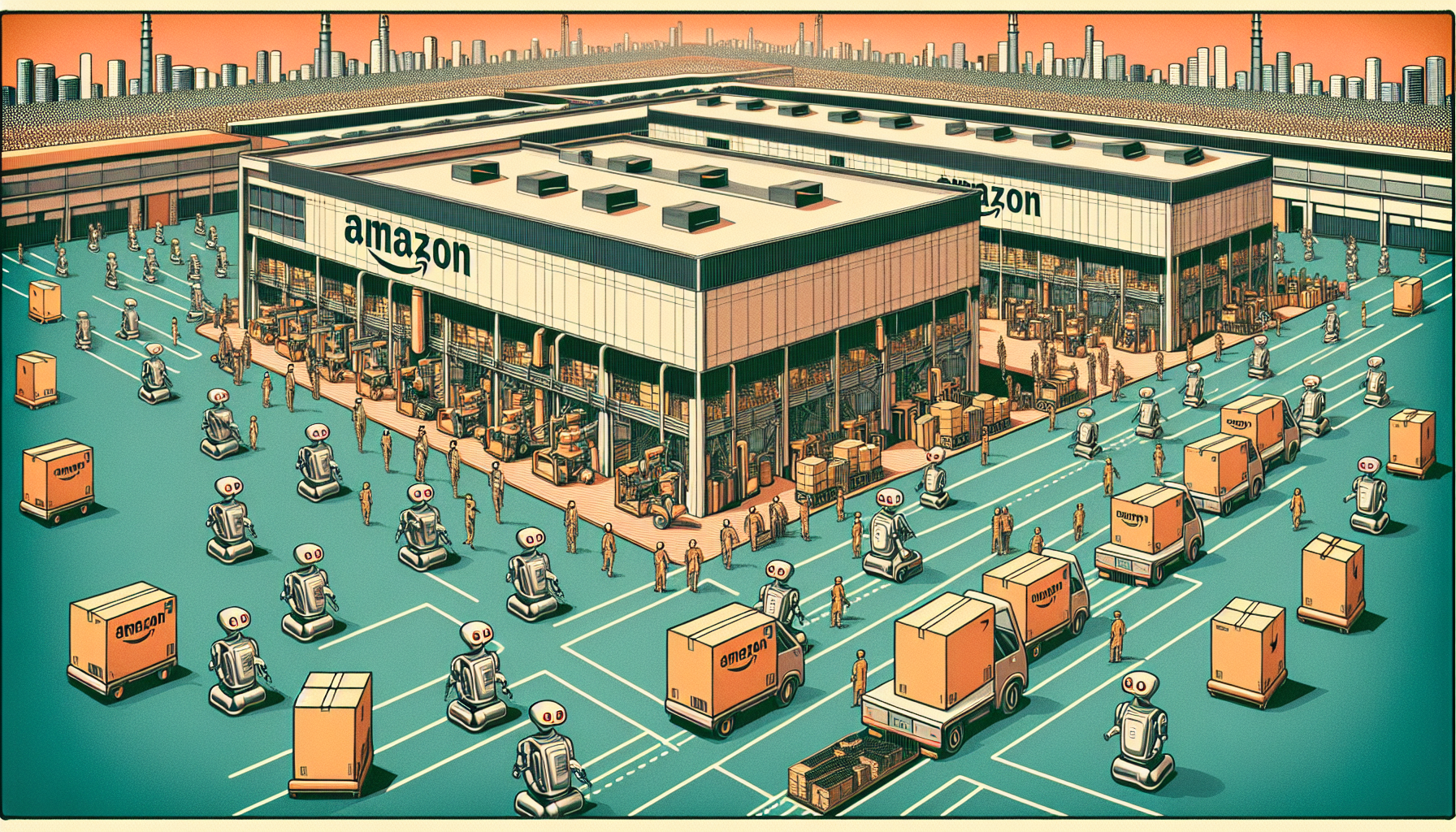Amazon’s latest achievement—deploying its one millionth robot—represents a powerful moment in the evolution of automation. This milestone robot, now at work in a fulfillment center in Japan, is part of a global fleet that spans more than 300 facilities. With this, Amazon stands as the world’s largest manufacturer and operator of industrial mobile robots.
The Power and Reach of Amazon’s Robots
Amazon’s journey with robotics began in 2012, when the company acquired Kiva Systems. This early investment laid the groundwork for an advanced and integrated system of robots dedicated to making warehouse operations smoother and faster. These machines have changed the very nature of warehouse work: instead of people walking long aisles searching for products, robots now carry full shelves to human workers for picking and packing. This shift has removed much of the repetitive work from people and boosted the pace and accuracy of order fulfillment.
Now, with one million robots in operation, Amazon stands at a turning point. Reports suggest that these remarkable machines now assist in 75% of the company’s global deliveries. In some centers, there are almost as many robots at work as there are people, highlighting just how central automation has become to Amazon’s mission.
DeepFleet: An AI Breakthrough in Robotics Management
Alongside the one millionth robot, Amazon is introducing DeepFleet, a new artificial intelligence system created to manage and move its vast robotic fleet with even greater precision. Picture thousands of robots working within a single warehouse—each with a job to do, each needing to move efficiently without creating traffic jams. DeepFleet serves as a digital traffic controller, assigning routes and timings so that every robot can move smoothly and quickly.
This is more than just clever programming. DeepFleet uses a generative AI model—meaning it learns from huge amounts of real data collected from Amazon’s warehouses. Developed and deployed using Amazon’s own cloud platform and AI tools, DeepFleet continuously adapts as new challenges and opportunities arise. Amazon believes this system will boost the travel efficiency of its robots by 10%, shaving precious minutes off delivery times and allowing the company to get customer orders out the door faster and more reliably.
What This Means for Customers and Employees
- Quicker Deliveries: With robots moving more efficiently and fulfillment centers working faster, customers should see their packages arrive more quickly.
- Lower Costs: Improved efficiency helps Amazon reduce its expenses, which in turn can lead to better prices for shoppers.
- Constant Progress: Because the system learns and improves over time, these benefits will keep growing.
- Empowering Workers: Amazon isn’t just investing in machines. The company has already helped more than 700,000 employees learn new skills to work alongside this technology. By equipping people to thrive with automation, Amazon aims to ensure its workforce grows stronger, not obsolete, as the future arrives.
A Glimpse Into the Future
Amazon’s deep commitment to automation is clear. The company is preparing to invest $25 billion in coming years to build the next generation of robotics-powered warehouses. This is about more than keeping up with global competition. Amazon is setting new standards for what is possible when human ingenuity and artificial intelligence work together at unprecedented scale.
By bringing advanced robotics and AI into daily warehouse operations, Amazon is not just making its own business stronger; it is also lighting the way for others. This investment represents a vision where technology augments human capability, making logistics more agile and customer-focused. Standing together, people and machines are pointing the way to a future where anything ordered online travels faster, smarter, and with greater reliability than ever before.

Leave a Reply